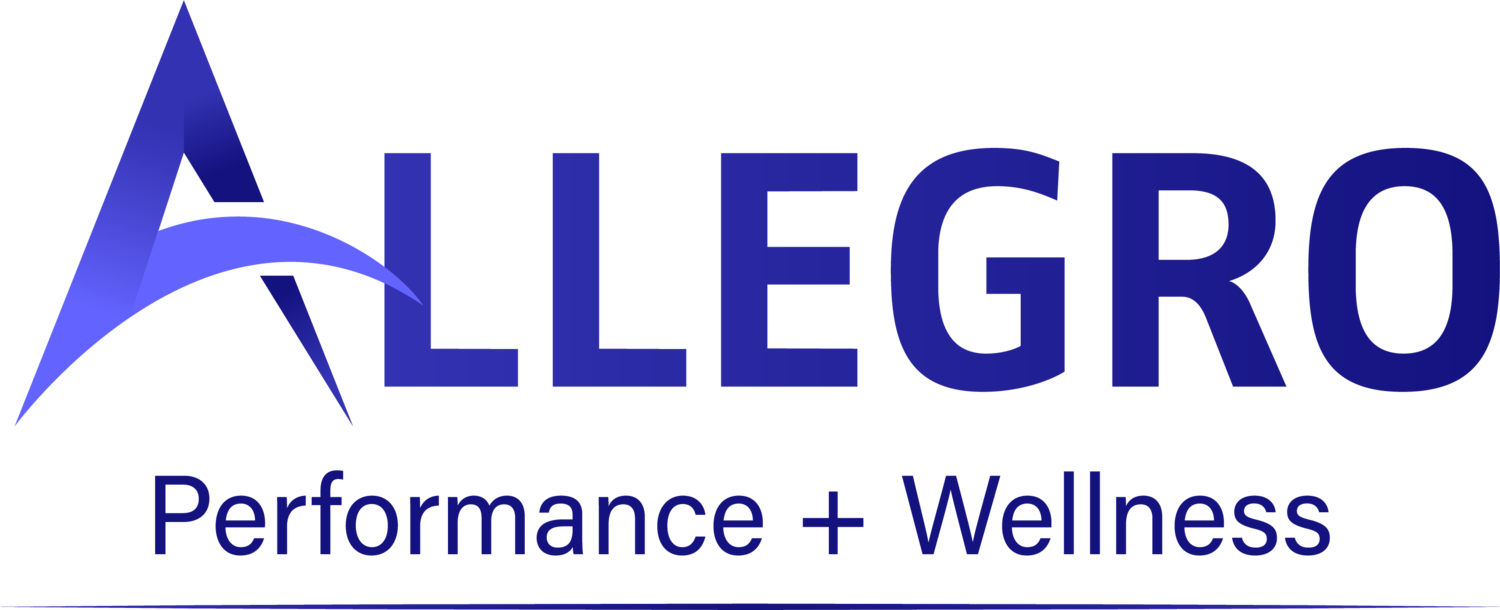Recovery for Dancers
Recovery has become a bit of a buzz term in the field of sport and exercise over the past few years, but what exactly is it and why is it important? To understand recovery, we need to first differentiate healing from recovery.
Healing is the process by which the body's natural response to injury repairs or replaces tissue with the aim of restoring the body (and mind) to a pre-injury state. By this definition, we can think of healing as something that happens after an injury or illness.
Recovery, on the other hand, is the body’s ability to regain function after sustained stress or exertion. It is dependent on a multitude of factors, including previous level of function, as well as the healing process. Therefore, recovery is something that happens after every session (training, competition or performance), regardless of whether an injury has occurred or not.
With advances in knowledge regarding sport and exercise science, we now know that prioritizing and optimizing recovery after sessions, between sessions and over the course of a training cycle, results in improved performance during future sessions.
So how do we maximize recovery? A quick Google search will bring up literally billions of results – many of which are gimmicks and ‘quick fixes’ with little or no proven evidence of effectiveness. Like with many things in life, the key to recovery is in the basics.
This is where the Recovery Pyramid comes in. This schematic helps to prioritize the components of recovery that have the biggest impact. Focusing on the foundation of the pyramid and doing the basics well is the key to optimizing recovery.
1. Nutrition and hydration are the building blocks for tissue repair and energy production in the body. Making sure you are adequately fueling your body not just for training but for recovery as well, is critical to optimize performance. If this is an area you need help with, I highly recommend working with a dietician or nutritionist who specializes in working with dancers.
2. Passive Recovery means participating in NO activity, and gives your body an opportunity to rest. It is important to incorporate passive recovery into your schedule so your body has time to repair tissue damage, build new tissue and to allow for a mental break from training. Although sleep is the most common (and arguably most important) form of passive recovery, other things like rest, reading, listening to music, watching a movie and socializing with friends are all considered passive recovery as well. Scheduling in full rest days (or rest weeks if we’re thinking about a training cycle) is often something that dancers struggle with and that the dance world needs to prioritize more.
3. Active Recovery is low intensity exercise performed after strenuous activity. The benefits of active recovery include keeping blood flowing, reducing lactic acid buildup in muscles, removing other metabolic waste from muscles, as well as reducing post exercise muscle pain and fatigue. Examples of active recovery include walking, cycling, swimming, or light stretching/mobility work. Similarly to full rest days, active recovery days should be included in a dancer’s schedule.
4. Bodywork includes therapeutic techniques that involve manipulating the body in various ways such as massage, myofascial release, mobility work or breathwork. Bodywork can be helpful to reduce muscle soreness, pain and tension, improve circulation, reduce stress/increase relaxation and stimulate the autonomic nervous system. As mentioned previously, although these do have the ability to aid in recovery, their impact is small in comparison to the basics like rest and fueling your body well.
5. Adjuncts. This last category includes all other things, many of which have not been proven effective through research or may even be considered ‘gimmicks’. Two that come up often and may have some proven benefit are cryotherapy and compression.
Cryotherapy is a treatment that involves the use of freezing or near freezing temperatures, often through immersion in a cryochamber. It can be done locally or to the whole body, and temporarily reduces bloodflow to a particular area. Although it is thought to aid in pain relief, improve muscle healing and reduce inflammation, research in this area is still lacking.
Compression is the use of controlled pressure either through static compression (ie compression garments) or intermittent pneumatic compression (compression machines) to enhance blood flow and circulation. Benefits are thought to include circulating and flushing metabolic waste, decreasing muscular fatigue and stimulating the autonomic nervous system.
Although the topic of recovery can be complex, and optimizing recovery may look different for each person, the reality is it all comes down to the basics. If you’re not eating and sleeping well, no amount of massage, foam rolling, Epsom salt baths or compression boots is going to make up for that.

